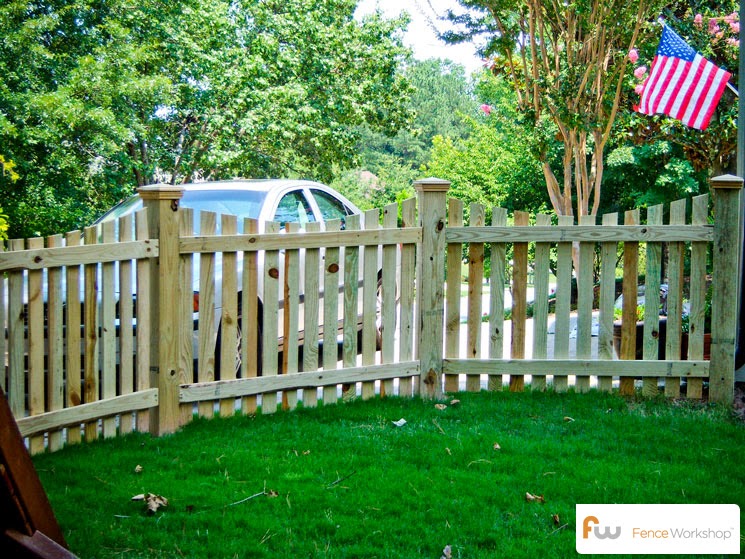Are you ready for our kitchen update? Well today’s the day! Finally. We have our dreamy new white kitchen and I couldn’t be more ecstatic about it. Fair warning though, this post will be picture heavy but it deserves it. And here it is.
Amazing right?!?! I know!! We moved the island slightly, painted the walls in Revere Pewter by Benjamin Moore, added crown molding to the cabinets, shifted the cabinet above the microwave, painted the cabinets, added new hardware to the drawers, and installed a couple of light fixtures.
Before we started, I spent a lot of time researching: How do we prep the cabinets for painting?
What is the best method to use (spraying, brushing, rolling???) What kind of paint should we use for the best combination of color and durability? I looked at a lot of different kitchen cabinet projects online. I know there are a lot of opinions and methods out there, but after much consternation, we opted to brush the frames and spray the doors.
So, let's get to the details: First, we purchased the HomeRight Finish Max Fine Finish HVLP Sprayer (link below) . Since the cabinets were covered with peeling, flaking, old gel stain, we started by stripping the old stain. Then, we used mineral spirits to clean off the remaining stain and any residue. After this, we sanded the surface of the cabinets with 120 grit sand paper (with a little help from my new mouse sander, link below). While there are several paint option out there, we went with and oil-based primer and Advance paint in White Dove by Benjamin Moore. Again, I went on the advice of the experts here. It was a great decision! I cannot say enough good things about this Advance paint. Oh. my. goodness. It has all of the benefits of an oil-based paint, but it is a waterborne alkyd. So, it hardens like an oil, wears like an oil, but cleans up like a latex and it doesn't smell like an oil! Revolutionary!

This is a "before" photo of the frame that was built behind the cabinet to raise it slightly and bump it out a couple of inches.
This photo shows the crown molding after it was installed.


After all of the prep, we needed to remove the cabinet doors and drawers. I highly recommend putting together some sort of numbering system so that you don't lose track of what goes where. While it all seems to make sense when you're planning, trust me that you will be glad you did this. We also taped off the insides of the cabinets, the countertops and floor. Taping off the insides of cabinet frames is harder than it sounds. In our case, the tape refused to stick to the underside of the granite countertops :( We also set up the garage for painting the cabinet doors and drawers. If you're going to paint both sides of your cabinet doors (like we did), start by painting the back of the cabinet door first. That way, if you make any mistakes or have problems, you'll learn early and it will be on an inconspicuous part of the cabinet. Plus, this way the cabinets will end up drying with the outside of the cabinet facing UP, and you don't have to worry about any potential scratches or indentations. You will have a freshly painted cabinet surface when you rehang your doors.


We followed one coat of primer with 3 coats of paint. The cabinet doors needed at least 24 hours in between each coat of paint. You're talking about at least week of just painting and waiting. Then you want to let them sit and cure a bit before you rehang them. In our case, the frames were done a couple of weeks before the drawers and doors, so we had to be extra patient...and it was tough to stay motivated to get the rest done. However, once the doors and drawers were painted and cured enough to reassemble the kitchen, Casey installed new hardware, reinstalled the hinges and rehung the doors and drawers. We selected a brushed nickel cup style pull for the drawers and kept the existing nobs on the cabinets (to save some pennies).
Now, it is gorgeous and it feels like a brand new kitchen!
 Sharing with:
That DIY Showoff
Thrifty Decor Chick (June Link up)
From My Front Porch To Yours
The Girl Creative
Sharing with:
That DIY Showoff
Thrifty Decor Chick (June Link up)
From My Front Porch To Yours
The Girl Creative














































